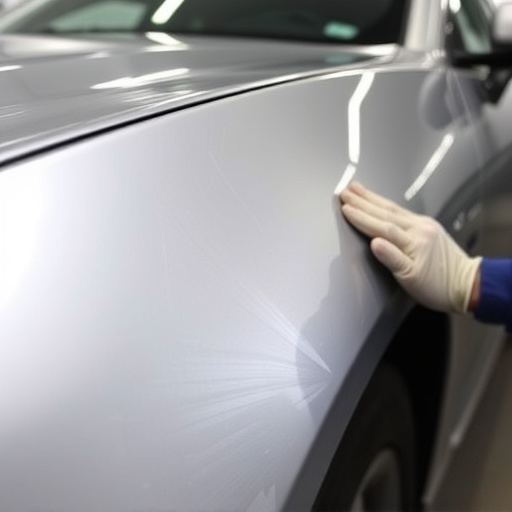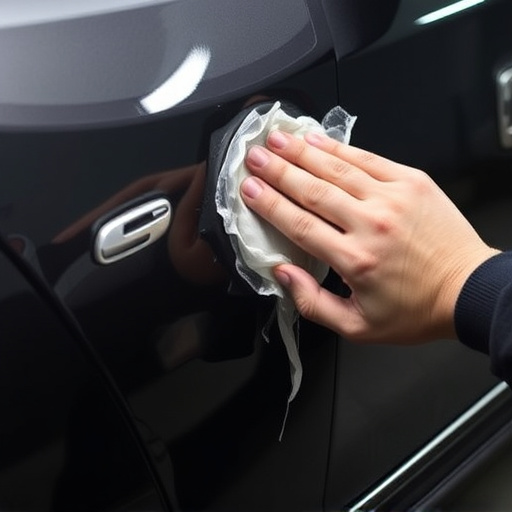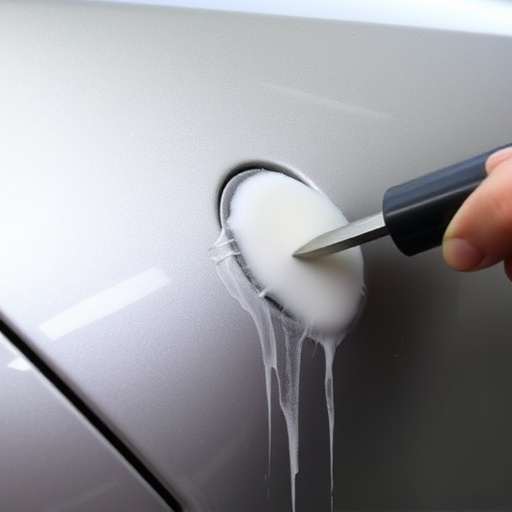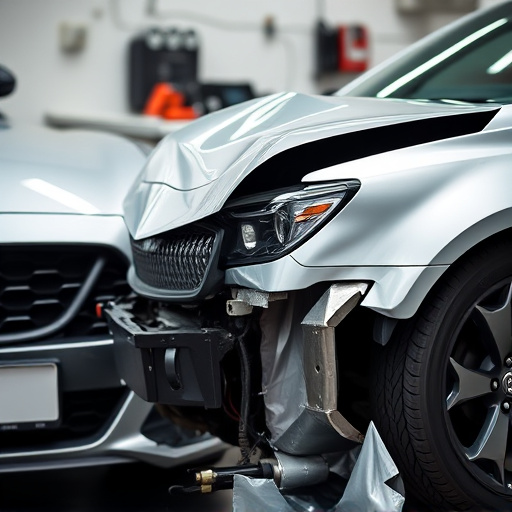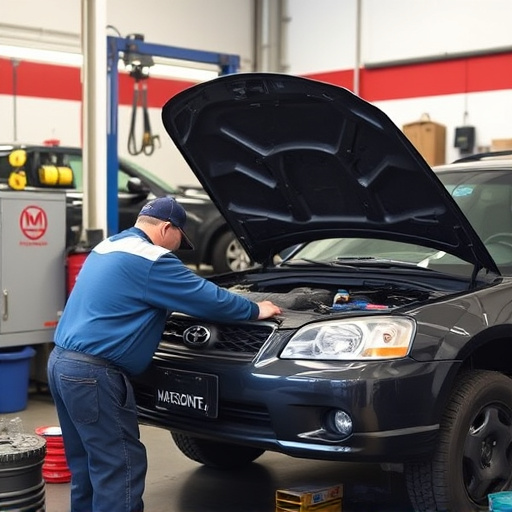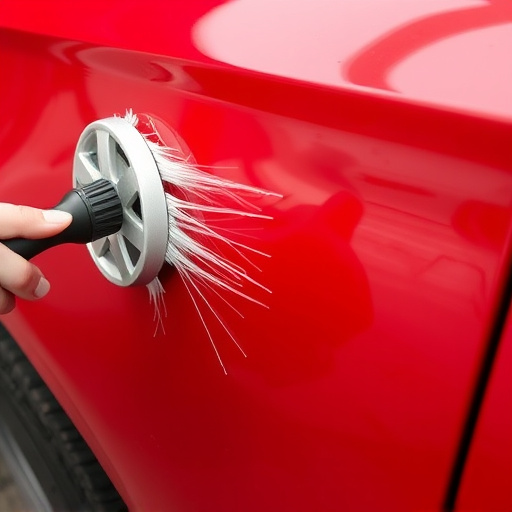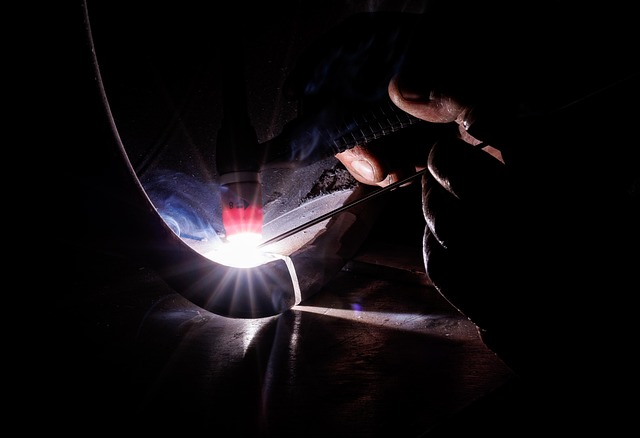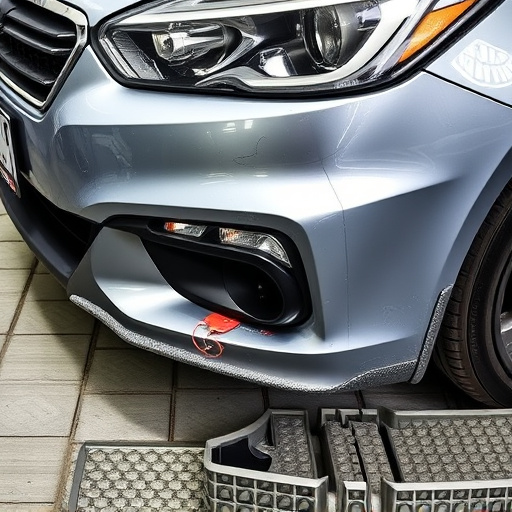Acoustic glass repair is a specialized skill that focuses on fixing or replacing damaged vehicle windows while maintaining optimal sound quality and structural integrity. Technicians use specific tools and materials to address issues like cracks, chips, or delaminations, minimizing sound distortion. Advanced methods include using high-performance soundproofing adhesives and dynamic noise control materials for better results. Common mistakes in DIY repairs or neglecting preparation and sealing can lead to further damage; precision and adherence to procedures are crucial for optimal outcomes.
Uncover expert tips for mastering acoustic glass repair with this comprehensive guide. From understanding the fundamentals to advanced techniques, we demystify the process for optimal results. Learn how to identify and address common mistakes that can compromise your work. Whether you’re an experienced technician or a DIY enthusiast, these insights will empower you to deliver high-quality acoustic glass repairs, enhancing sound quality and ensuring longevity. Discover best practices for achieving professional-grade outcomes in this essential read on acoustic glass repair.
- Understanding Acoustic Glass Repair: The Basics
- Advanced Techniques for Optimal Results
- Common Mistakes to Avoid During Acoustic Glass Repair
Understanding Acoustic Glass Repair: The Basics

Acoustic glass repair is a specialized skill that involves fixing or replacing damaged windows and glass panels while ensuring optimal sound quality. Unlike regular car dent repair or auto body services, which primarily focus on cosmetic restoration, acoustic glass repair requires a deeper understanding of sound waves and their interaction with materials. The goal is to maintain the structural integrity of the glass while minimizing sound distortion, ensuring that the space retains its acoustic balance.
This process starts with identifying the type of damage—cracks, chips, or even delaminations—and assessing their impact on sound transmission. Technicians use specialized tools and materials designed for minimal interference with the glass’s properties. In many cases, repairs involve replacing a small section of the glass, applying specific adhesives, or utilizing advanced sealing techniques to prevent future damage and maintain the space’s acoustic integrity, similar to how car body repair experts handle complex structural issues.
Advanced Techniques for Optimal Results

When it comes to achieving optimal results in acoustic glass repair, it’s time to move beyond basic techniques and explore advanced methods. One such technique involves utilizing specialized adhesives designed for high-performance soundproofing applications. These adhesives not only ensure a strong bond between the glass panels but also significantly improve the overall acoustic performance by minimizing vibrations and resonances.
Another advanced approach is the integration of dynamic or active noise control materials. Unlike passive noise reduction methods, these innovative solutions actively cancel out low-frequency sounds, providing a more effective and tailored solution for specific acoustic challenges. Whether it’s in a vehicle bodywork, automotive repair shop, or any other setting requiring precise sound management, employing these advanced techniques can transform the space into a quieter, more comfortable environment.
Common Mistakes to Avoid During Acoustic Glass Repair
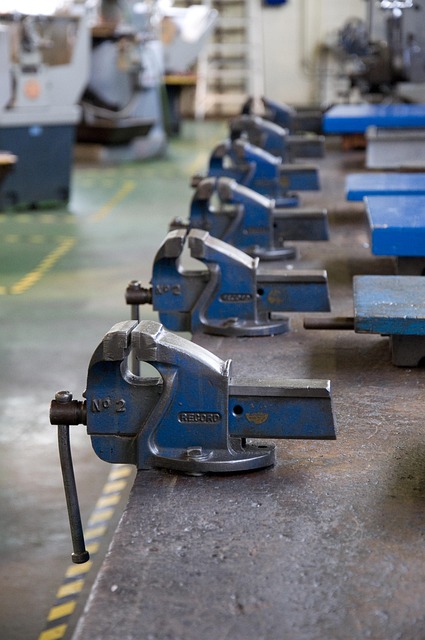
When undertaking acoustic glass repair, whether for a musical instrument or architectural feature, there are several common mistakes to avoid that can significantly impact the final result. One of the primary blunders is attempting DIY repairs without proper training and tools. Acoustic glass is delicate, and improper handling or incorrect techniques can lead to further damage or loss of the desired acoustic properties.
Another frequent error is neglecting preparation and surface treatment. Before repairing or replacing any glass panel, it’s crucial to thoroughly clean and decontaminate the area, ensuring no residual substances or contaminants interfere with the adhesion of new materials. Moreover, skipping essential steps like sealing and soundproofing can result in subpar acoustic performance, defeating the purpose of the repair process for both auto glass repair applications in vehicles and intricate architectural projects. Remember, precision, cleanliness, and adherence to specific procedures are key to achieving optimal outcomes in acoustic glass repair.
Mastering acoustic glass repair techniques can significantly enhance sound quality and create a more immersive listening experience. By understanding the basics, exploring advanced methods, and steering clear of common pitfalls, you can achieve exceptional results. These tips empower you to navigate the intricate process, ensuring optimal performance from your acoustic glass systems. Remember, when it comes to acoustic glass repair, attention to detail and a methodical approach are key to unlocking superior sound.
